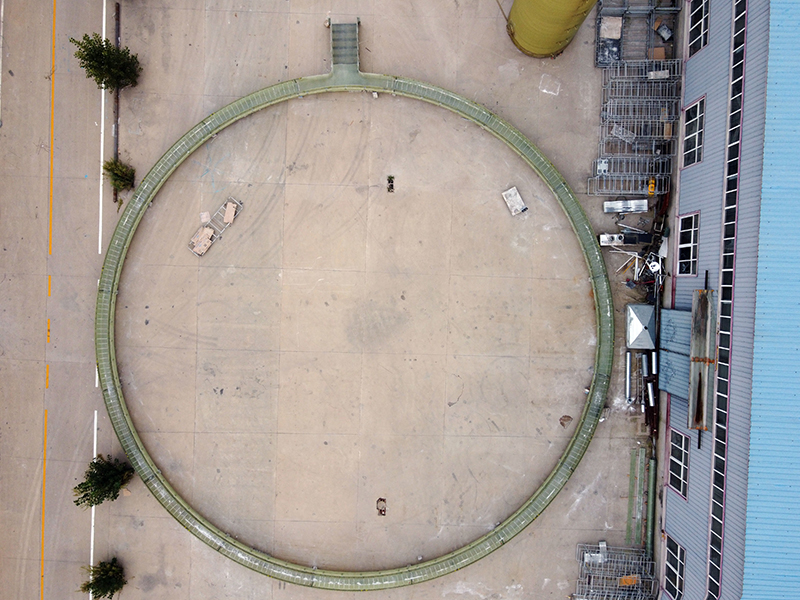
-
 Afrikaans
Afrikaans -
 Albanian
Albanian -
 Amharic
Amharic -
 Arabic
Arabic -
 Armenian
Armenian -
 Azerbaijani
Azerbaijani -
 Basque
Basque -
 Belarusian
Belarusian -
 Bengali
Bengali -
 Bosnian
Bosnian -
 Bulgarian
Bulgarian -
 Catalan
Catalan -
 Cebuano
Cebuano -
 China
China -
 China (Taiwan)
China (Taiwan) -
 Corsican
Corsican -
 Croatian
Croatian -
 Czech
Czech -
 Danish
Danish -
 Dutch
Dutch -
 English
English -
 Esperanto
Esperanto -
 Estonian
Estonian -
 Finnish
Finnish -
 French
French -
 Frisian
Frisian -
 Galician
Galician -
 Georgian
Georgian -
 German
German -
 Greek
Greek -
 Gujarati
Gujarati -
 Haitian Creole
Haitian Creole -
 hausa
hausa -
 hawaiian
hawaiian -
 Hebrew
Hebrew -
 Hindi
Hindi -
 Miao
Miao -
 Hungarian
Hungarian -
 Icelandic
Icelandic -
 igbo
igbo -
 Indonesian
Indonesian -
 irish
irish -
 Italian
Italian -
 Japanese
Japanese -
 Javanese
Javanese -
 Kannada
Kannada -
 kazakh
kazakh -
 Khmer
Khmer -
 Rwandese
Rwandese -
 Korean
Korean -
 Kurdish
Kurdish -
 Kyrgyz
Kyrgyz -
 Lao
Lao -
 Latin
Latin -
 Latvian
Latvian -
 Lithuanian
Lithuanian -
 Luxembourgish
Luxembourgish -
 Macedonian
Macedonian -
 Malgashi
Malgashi -
 Malay
Malay -
 Malayalam
Malayalam -
 Maltese
Maltese -
 Maori
Maori -
 Marathi
Marathi -
 Mongolian
Mongolian -
 Myanmar
Myanmar -
 Nepali
Nepali -
 Norwegian
Norwegian -
 Norwegian
Norwegian -
 Occitan
Occitan -
 Pashto
Pashto -
 Persian
Persian -
 Polish
Polish -
 Portuguese
Portuguese -
 Punjabi
Punjabi -
 Romanian
Romanian -
 Russian
Russian -
 Samoan
Samoan -
 Scottish Gaelic
Scottish Gaelic -
 Serbian
Serbian -
 Sesotho
Sesotho -
 Shona
Shona -
 Sindhi
Sindhi -
 Sinhala
Sinhala -
 Slovak
Slovak -
 Slovenian
Slovenian -
 Somali
Somali -
 Spanish
Spanish -
 Sundanese
Sundanese -
 Swahili
Swahili -
 Swedish
Swedish -
 Tagalog
Tagalog -
 Tajik
Tajik -
 Tamil
Tamil -
 Tatar
Tatar -
 Telugu
Telugu -
 Thai
Thai -
 Turkish
Turkish -
 Turkmen
Turkmen -
 Ukrainian
Ukrainian -
 Urdu
Urdu -
 Uighur
Uighur -
 Uzbek
Uzbek -
 Vietnamese
Vietnamese -
 Welsh
Welsh -
 Bantu
Bantu -
 Yiddish
Yiddish -
 Yoruba
Yoruba -
 Zulu
Zulu
Exploring the Benefits of FRP Ladders for Industrial and Construction Use
The Power of the FRP Ladder A Breakthrough in Modern Engineering
In recent years, the introduction of composite materials has revolutionized various fields of engineering and construction. Among these innovations, Fiber Reinforced Polymer (FRP) has emerged as a game changer, particularly in the creation of ladders. FRP ladders offer a multitude of advantages compared to traditional materials, transforming both safety standards and performance in numerous applications.
Understanding FRP
FRP is a composite material made from a polymer matrix reinforced with fibers. The most common fibers used are glass, carbon, or aramid, which are known for their high strength-to-weight ratios and excellent durability. The matrix, usually a resin, allows for an adaptable form which can be molded into various shapes and structures. The combination of these components results in a material that is not only lightweight but also incredibly strong and resistant to environmental factors such as corrosion, moisture, and ultraviolet light. This opens up a world of possibilities in ladder construction.
Advantages of FRP Ladders
1. Lightweight Nature One of the most significant benefits of FRP ladders is their light weight. Traditional metal ladders can be cumbersome and difficult to maneuver, especially in industrial and construction environments. FRP ladders eliminate this issue, enabling workers to transport and set up ladders with ease.
2. Corrosion Resistance Unlike metal, FRP is inherently resistant to rust and corrosion. This characteristic is particularly valuable in settings where ladders are exposed to moisture or chemical elements, such as factories, marine environments, and outdoor construction sites. Consequently, FRP ladders have a longer lifespan and lower maintenance costs.
3. Superior Strength FRP ladders boast impressive load-bearing capacity, allowing them to support significant weight without bending or breaking. This strength is crucial for ensuring both the safety of the user and the overall structural integrity of any task being undertaken.
frp ladder

4. Electrical Insulation For individuals working in electrical environments, safety is of utmost importance. FRP is an excellent insulator, reducing the risk of electrical shock during use. This makes FRP ladders particularly suitable for electricians and other professionals working near live electrical circuits.
5. Flexibility in Design The manufacturing process of FRP allows for a great deal of customization. Different colors, shapes, and sizes can be easily produced to meet specific needs. This flexibility enables the creation of specialized ladders suited for unique tasks, enhancing functionality.
Applications of FRP Ladders
FRP ladders are increasingly being utilized across various industries, including construction, telecommunications, transportation, and even aerospace. Their application in industrial sites where harsh conditions prevail showcases their remarkable durability and efficiency. In the construction industry, they provide builders with a reliable means of accessing elevated areas safely and effectively.
In addition to industrial usage, FRP ladders find their place in recreational environments. For example, outdoor enthusiasts benefit from lightweight options that facilitate easy transport and setup for activities like camping or hiking.
Conclusion
As we move toward a future where materials science continues to advance, FRP ladders represent a significant leap forward in ladder design and functionality. Their lightweight nature, corrosion resistance, strength, and electrical insulation capabilities make them an ideal choice for a range of applications. By adopting FRP ladders, industries can enhance safety measures and overall efficiency, paving the way for a new era in construction and engineering.
In an age where safety and performance are paramount, the transition to FRP ladders is not just a trend, but a necessary evolution in equipment design. As more organizations recognize the benefits and prioritize worker safety, the use of FRP ladders is poised to become the standard in industries worldwide. This innovative solution not only meets the demands of modern work environments but also sets a new benchmark for excellence in ladder technology.









